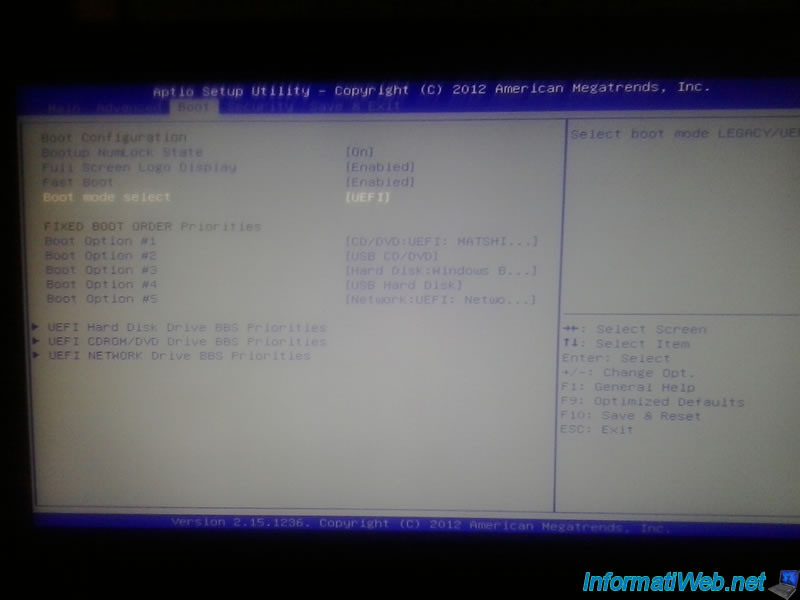


During the wildfire suppression paradigm, wildfires were not fully understood and were viewed as ecosystem disruptors. Wildfires have been topical in most parts of the world, and recently got more attention following the California and Australian fires. Our study adds rudimentary knowledge on the most reliable sensor allowing reliable estimation of burnt areas and improved post-fire ecological evaluations on ecosystem damage and carbon emission. In study site 2, Sentinel-2 had a slightly higher classification accuracy (OA = 0.89, Kappa = 0.67 and TSS = 0.64) which was comparable to that of Landsat 8 (OA = 0.85, Kappa = 0.50 and TSS = 0.41). We found out that, Landsat 8 had a higher classification accuracy (OA = 0.92, Kappa = 0.85 and TSS = 0.84)) in study site 1 as compared to Sentinel-2 (OA = 0.86, Kappa = 0.74 and TSS = 0.76). We found out that, the NIR, Red, Red-edge and Blue spectral bands contributed most to burned area detection when using Landsat 8 and Sentinel 2A. Post-fire Sentinel 2A and Landsat 8 images were classified using the Random Forest (RF) classifier. In this study, we tested which spectral bands contributed most to burnt area detection when using Sentinel-2 and Landsat 8 multispectral sensors in two study sites.

Ample studies on wildfire detection and severity mapping are available but what remains a challenge is the accurate mapping of burnt areas in heterogenous landscapes. When wildfires are controlled, they are integral to the existence of savannah ecosystems and play an intrinsic role in maintaining their structure and function.


 0 kommentar(er)
0 kommentar(er)
